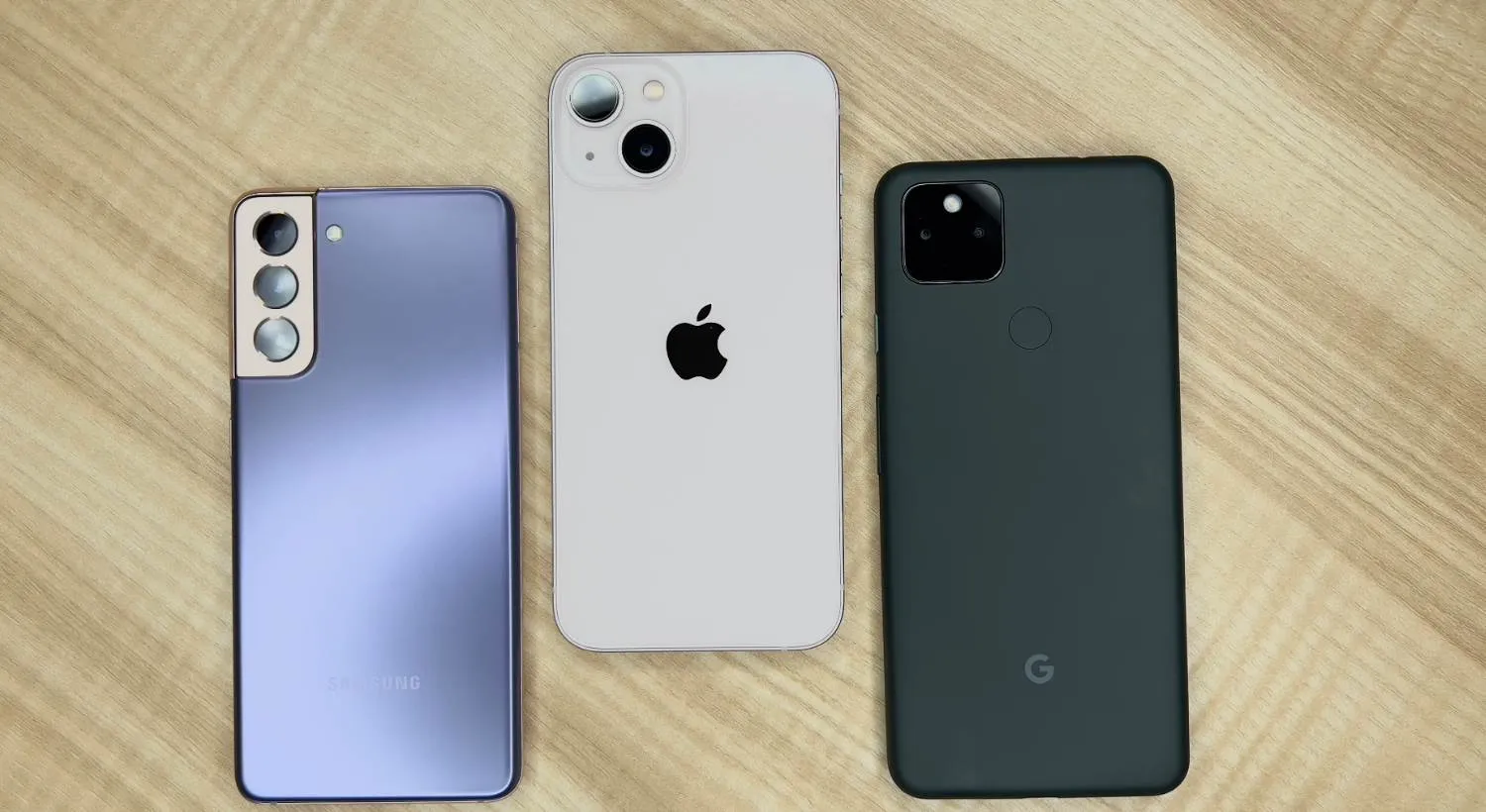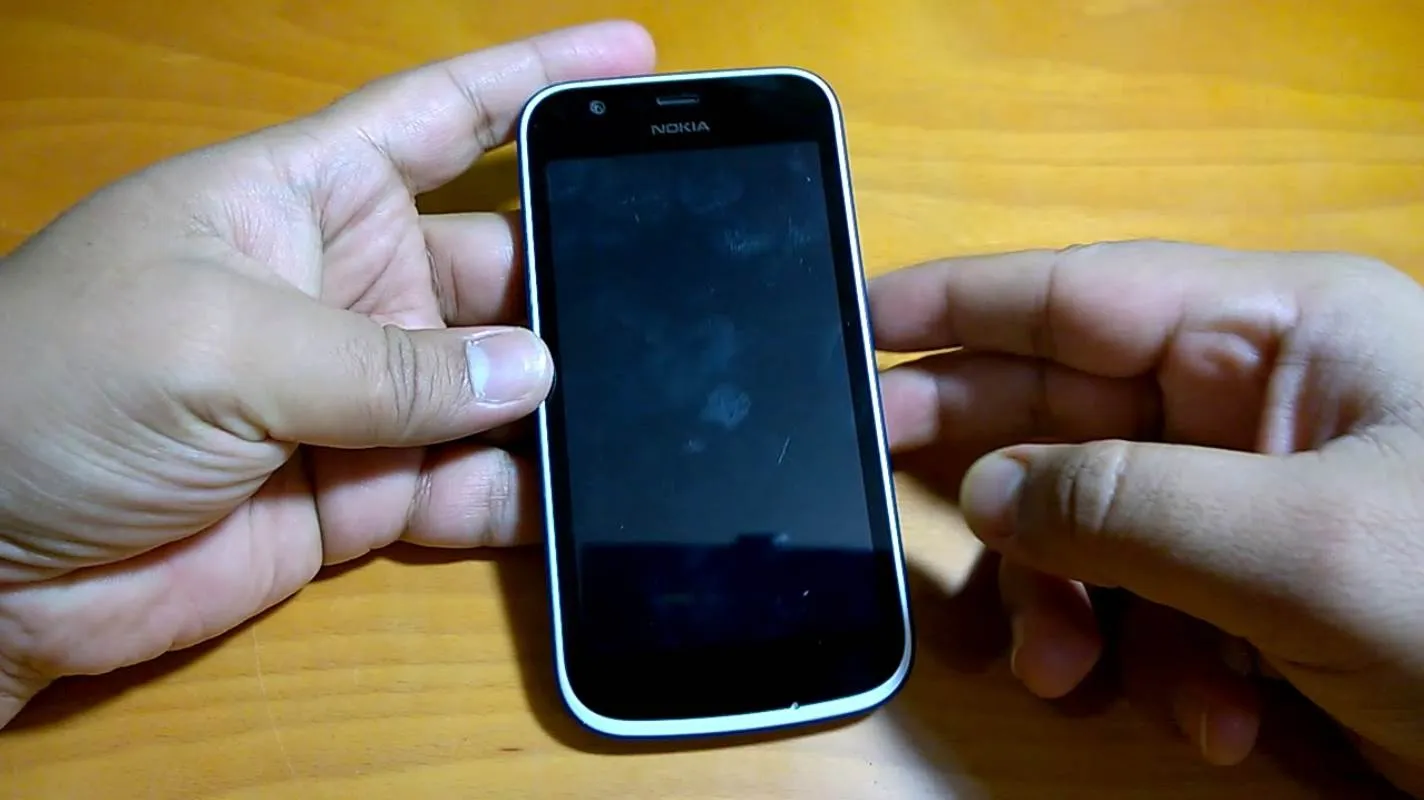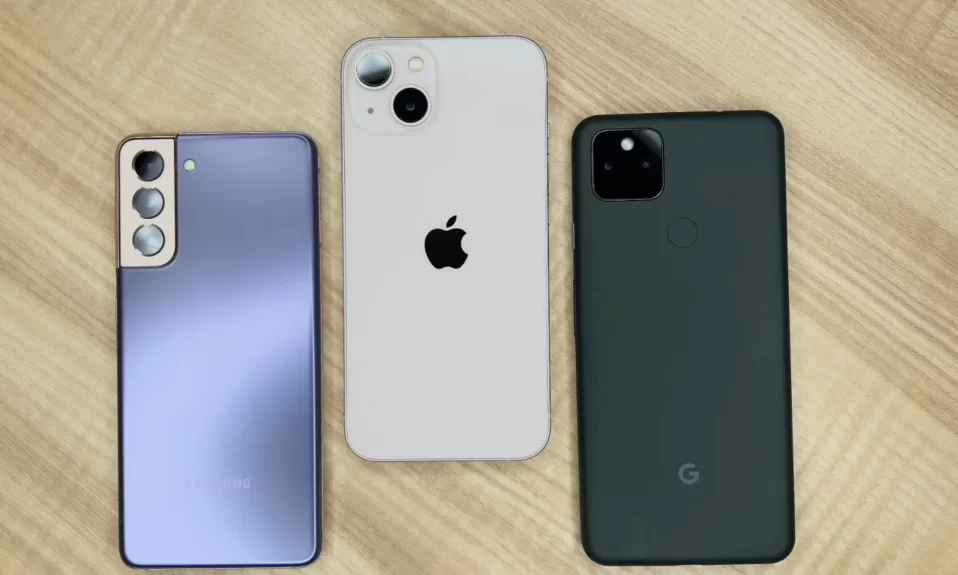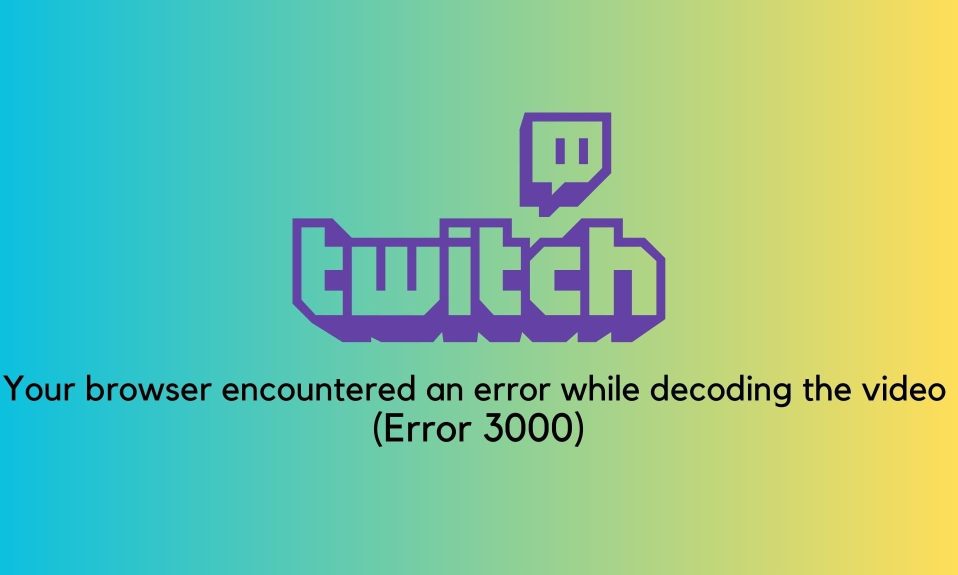There’s no denying the importance of smartphones in today’s society. And we use them for an endless variety of things, including talking, texting, taking pictures, surfing the web, paying bills, etc. Smartphones have practically limitless utility. However, first-time smartphone buyers typically consider how to get the most bang for their buck. When looking to purchase a new mobile device, consumers now have more choices than ever. But how does one strike a good middle ground between price and utility? Smartphones can be found in a wide price range.

How to Buy the Best Smartphone?
There is a wide range of prices, from well under $100 to well over $1,000. But what is a reasonable budget for a new phone? What can you expect in terms of features at various price points? Additionally, which cost best suits your needs? Let’s look at it.
Under $100: Fit for Kids or Elders

If you’re looking to buy a new smartphone, save your money unless you’re buying for a child or an elderly person. In other words, at this price point, there is no incentive for phone makers to improve their products, so the best you can hope for is a device that will just about make it through a day of medium use.
You can count on mediocre performance, a mediocre camera, a mediocre battery, a mediocre display, and mediocre storage. In light of this, it would be more prudent to purchase a used low-end phone rather than a brand-new high-end phone, as the latter will serve your needs adequately while being less of a financial burden.
Features to Expect
- 5MP primary and secondary (Front) camera; Video recording limited to 720p
- 2GB RAM, 16GB Storage, and microSD card slot
- HD LCD screen with thick bezels
- 2000mAh battery
- All plastic body; 3.5mm headphone jack
- Micro-USB charging port
$100–$200: Basic Functionalities
When you increase your budget from less than $100 to more than $200, you’ll notice a marked improvement. Customers in this price range expect basic features, such as long battery life and sufficient storage space. However, issues with cameras, construction, and performance persist. If your needs are simple and your budget is tight, a device that can handle web browsing, social media, light gaming, and basic photography should suffice.
Features to Expect
- Double or Triple Rear camera setup; 12MP main camera; 8MP front camera; 1080p video recording @ 30fps
- 4GB RAM; 64GB ROM with microSD card slot
- FHD LCD screen; teardrop notch
- 5000mAh battery; 20W wired charging
- All plastic body; 3.5mm headphone jack
- Rear or side-mounted capacitive fingerprint sensor
- Micro-USB charging port
$200–$300: Value for Money Hotspot
Best deals can be found in the $200–$300 price range. Most of the top-selling smartphones in this category are produced by Chinese companies. Unfortunately, in the United States, you have fewer choices than you would have in other countries.
Samsung also offers competitive pricing worldwide. Phones in this price range usually have all the essential features and a unique design to set them apart from the competition.
Features to Expect
- Triple or quad-camera setup; 48MP main camera; 16MP front camera; 4K video recording @ 30fps with EIS
- 6GB RAM; 128GB ROM with microSD card slot
- FHD IPS Screen; up to 90 Hz or 120 Hz refresh rate; punch-hole front camera
- 5000-6000mAh battery; 15W or 33W wired fast charging
- All plastic body; 3.5mm headphone jack
- Side-mounted capacitive fingerprint sensor or In-display if AMOLED Display is available.
- USB-C 2.0 charging port
$300–$500: Flagship Killers
Very exciting things are happening in the $300-$500 price range, where some true flagship killers can be found. The plan is straightforward: to provide cutting-edge performance at a reasonable price. This trend was started by OnePlus, but as other companies have released “flagship killers,” competition has heated up.
Most high-end mobile games will run smoothly on a phone in this price range, but they are aimed at a more tech-savvy audience that understands specs and a little jargon.
Features to Expect
- Rear quad-camera setup; 50MP main camera; 16MP front camera; 4K video @ 30fps
- 6GB RAM; 128GB ROM with microSD card slot
- FHD AMOLED screen; up to 120Hz refresh rate; punch-hole front camera
- 4500mAh battery; 25W-50W fast wired charging
- Aluminum and plastic body; Corning Gorilla Glass; no headphone jack; IP67 rating
- Under-display optical fingerprint sensor
- USB-C 2.0 charging port
$500–$700: More Than Specs
When you spend between $500 and $700.00, you know you’re getting a high-quality item. Despite being a great deal for the money, flagship killers often skimp on extras in favor of concentrating on the core specifications.
The device will have an IP68 rating (providing protection from dust and water), louder and cleaner speakers, enhanced software optimization, stunning cameras, and refined haptic feedback, among other improvements, in addition to its already impressive performance.
- Rear quad-camera setup; 64MP main camera; 32MP front camera; 4K video @ 60fps
- 8GB RAM; 128-256GB ROM; no microSD card slot
- FHD AMOLED screen; 120Hz refresh rate; punch-hole front camera
- 4500mAh battery; 33-50W fast wired charging
- Aluminum and plastic body; Corning Gorilla Glass; no headphone jack; IP68 rating
- Under-display optical fingerprint sensor
- USB-C 2.0 charging port
$700–$1000: Actual Flagships
Although you may be able to find one for less than $600, the typical cost of a modern flagship is between $800 and $1000. Also, this is where the competition between Android and iPhone becomes particularly fierce.
All the cutting-edge technology, including support for 8K video, QHD resolution, an LTPO display, and more, comes at a price here. These phones are rock solid, packed with high-end extras, and secure by design.
Features to Expect
- Rear quad-camera setup; 64MP main camera; 32MP front camera; 8K video @ 24fps
- 12GB RAM; 256GB ROM; no microSD card slot
- LTPO QHD AMOLED screen; 120Hz refresh rate; punch-hole front camera
- 4500mAh battery; 65W fast wired charging; wireless charging; reverse wireless charging
- Glass and aluminum body; no headphone jack; IP68 rating
- Under-display ultrasonic fingerprint sensor or face unlock
- USB-C 3.2 charging port
Above $1000: Premium Flagships
When you spend more than $1000, you get the cream of the crop. For such a high cost, you gain access to capabilities that rival much higher-priced alternatives. This means state-of-the-art photography capabilities, innovative form factors, top-notch performance, seamless ecosystem integration, and niche-specific functionality.
It is intended that all unnecessary technological aids be avoided, and maximum convenience achieved. For instance, computational photography has supplanted the use of DSLRs, 1TB storage has replaced the need for external hard drives, foldable smartphones have supplanted tablets, and sturdy construction has done away with the need for back covers and screen protectors.
- Rear quad-camera setup; 108MP main camera; 32MP front camera; 8K video @ 24fps
- 12GB RAM and 1TB Storage
- LTPO 2.0 QHD AMOLED screen; 240Hz refresh rate; punch-hole front camera
- 4500mAh battery; 100W fast wired charging; wireless charging; reverse wireless charging
- Glass and aluminum body; IP68 rating
- Under-display ultrasonic fingerprint sensor; Iris sensor
- USB-C 3.2 charging port
Which Price Is Best Fit For You?
The optimal cost to you will vary with the specifics of your use case. Do take into account that the improvement in smartphone specifications is not linear; some high-end features are easier to replicate in budget phones while others are not. And keep in mind that it takes more than a nice pair of glasses to tell the whole story.
For the occasional user, it’s not worth it to invest in a high-end phone because they won’t make regular use of the extra features. If so, the sweet spot for value in a new smartphone lies between the $200 and $300 price point.
You need a phone that can take the daily wear and tear, both internally and externally, if you are a heavy user. This means top-notch functionality, battery life, and construction. Look in the $500-$700 range for what you need, but don’t forget to keep an eye out for potential “flagship killers.”
If you’re a gamer, the performance, cooling system, and gaming-centric features are more important to you than the camera and the durability against water. Consider a gaming-specific smartphone in the same price range ($500-$700).
Look at flagships between $700 and $1000 if you want a high-end phone with unique features that will last you for at least five years. After spending over $1,000, you won’t see as many noticeable improvements in specs, but you can still get the cutting-edge experience you crave or the best camera performance money can buy.
Buying the Right Smartphone
A new phone can be purchased at a discount on almost any budget. The rapid development of smartphones in recent years has made it unnecessary to spend a lot on one to have a satisfying experience.
When making a purchase, the average consumer should not spend less than $200 or more than $700. When you’re ready to make a phone purchase, refer back to this guide to help you determine what features are most important to you.





